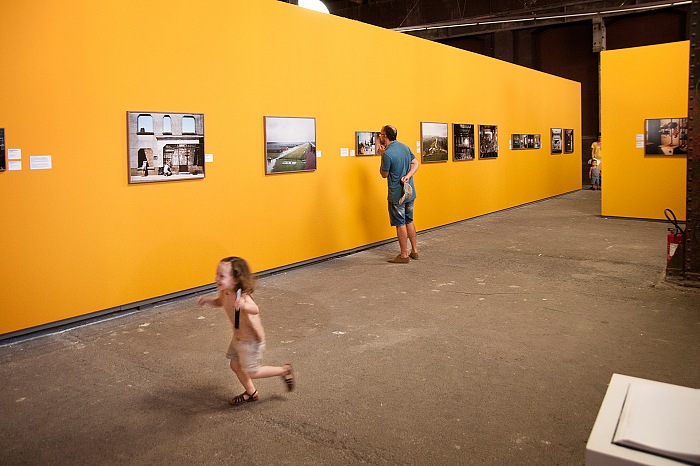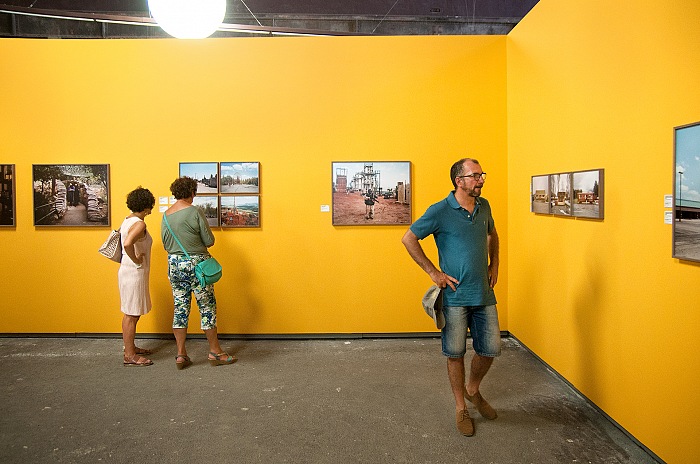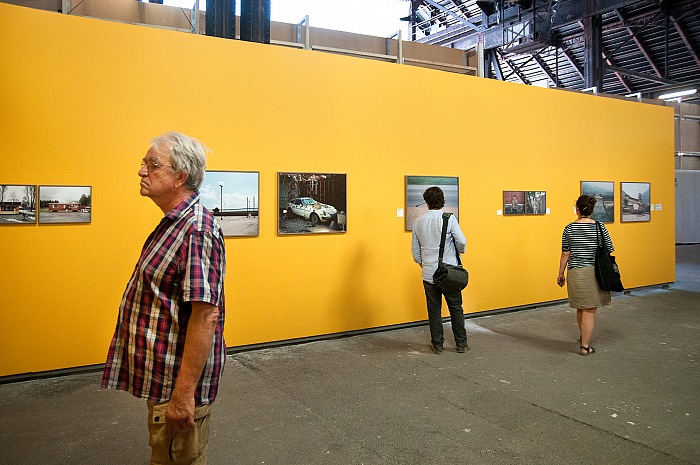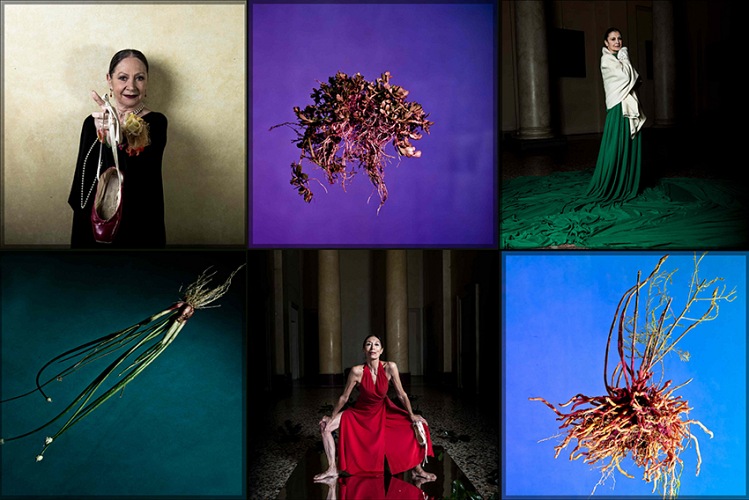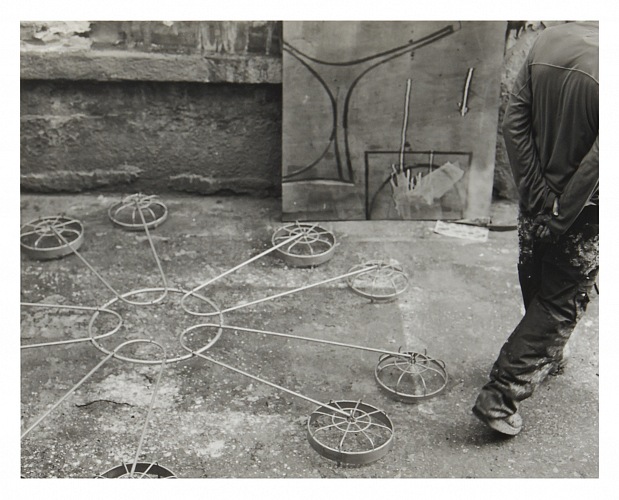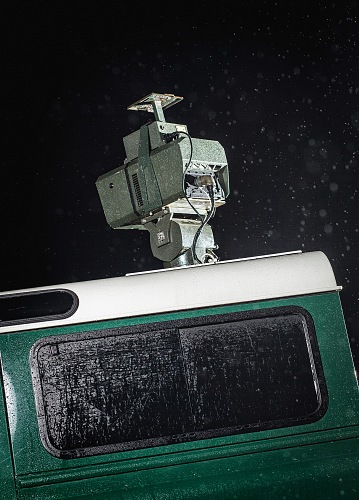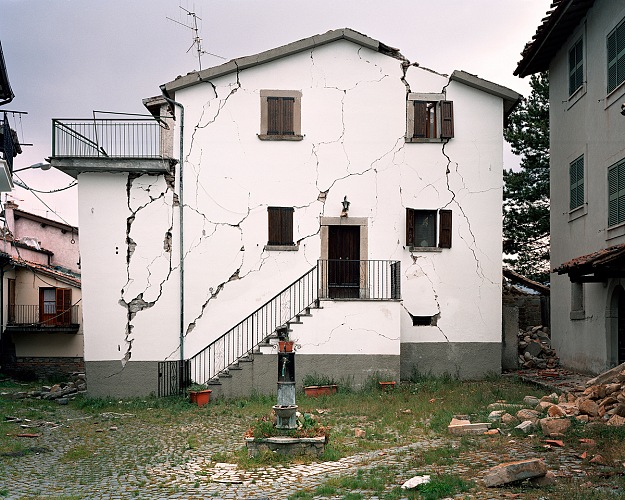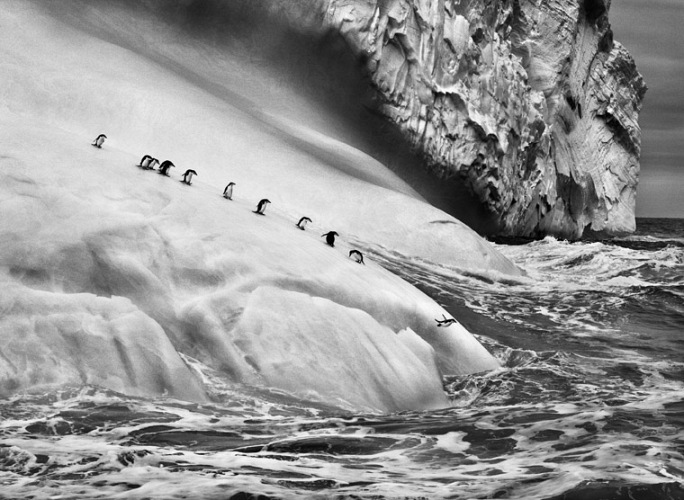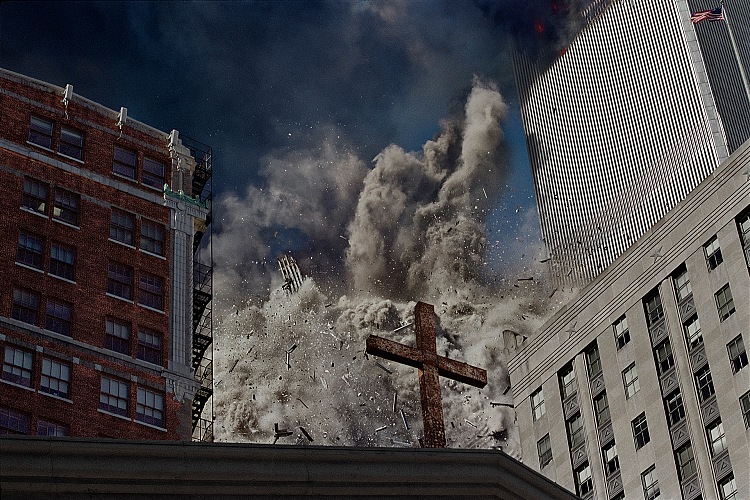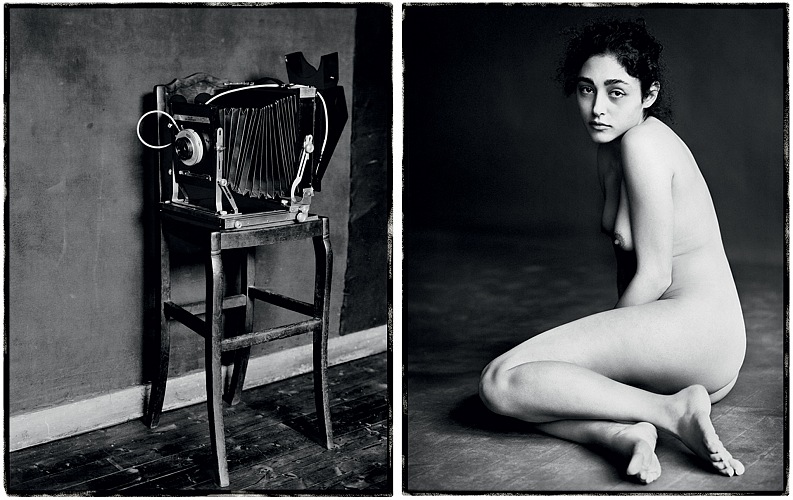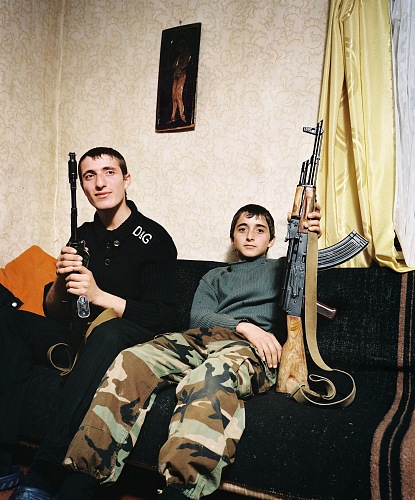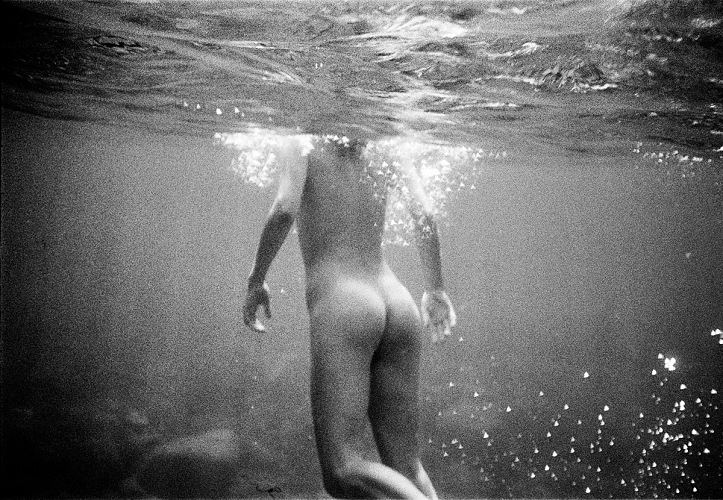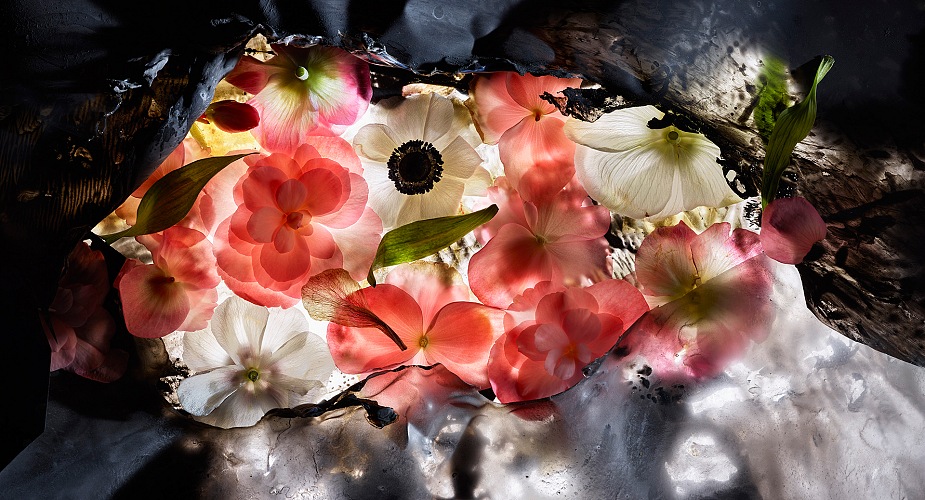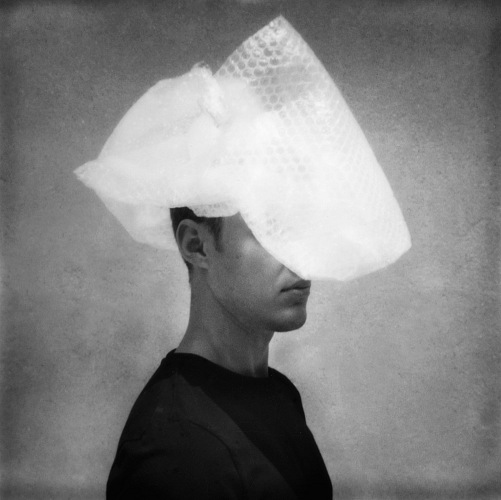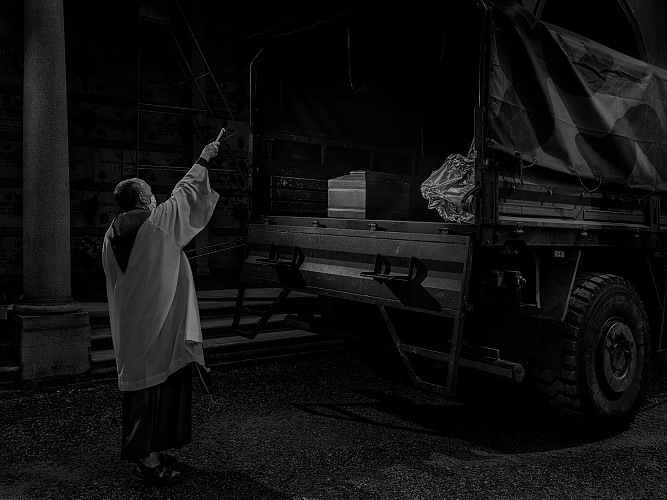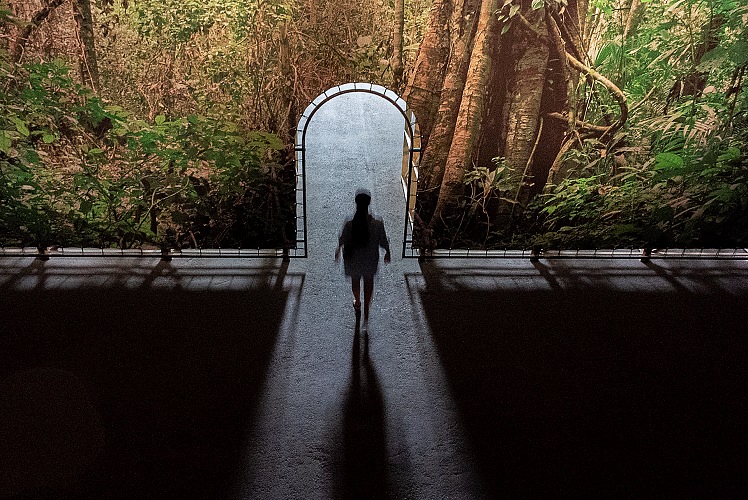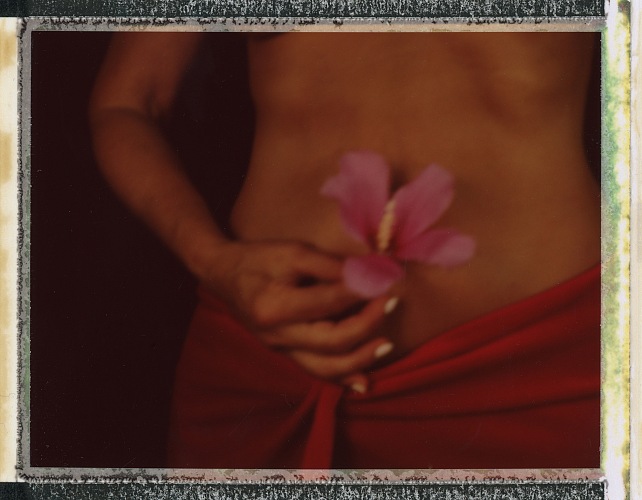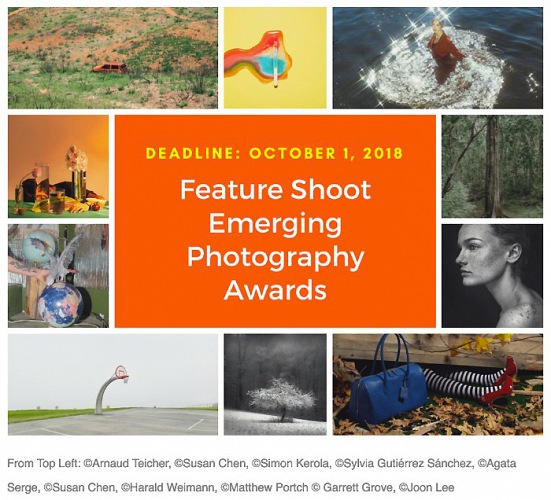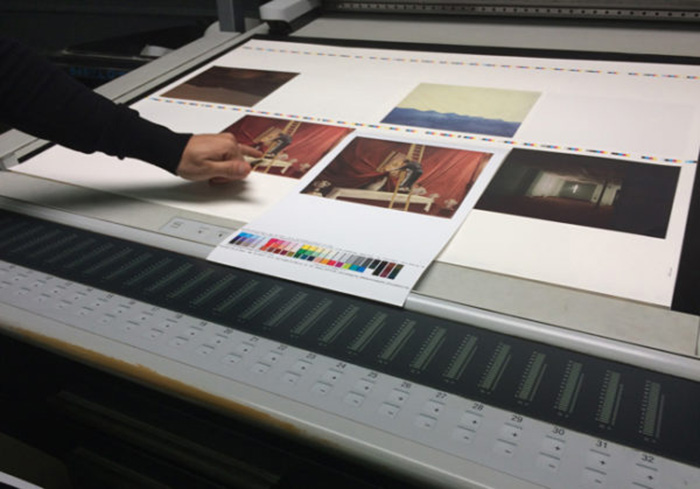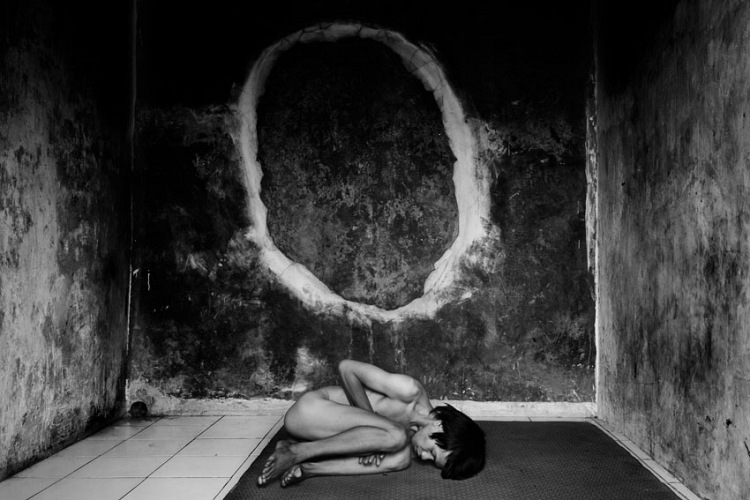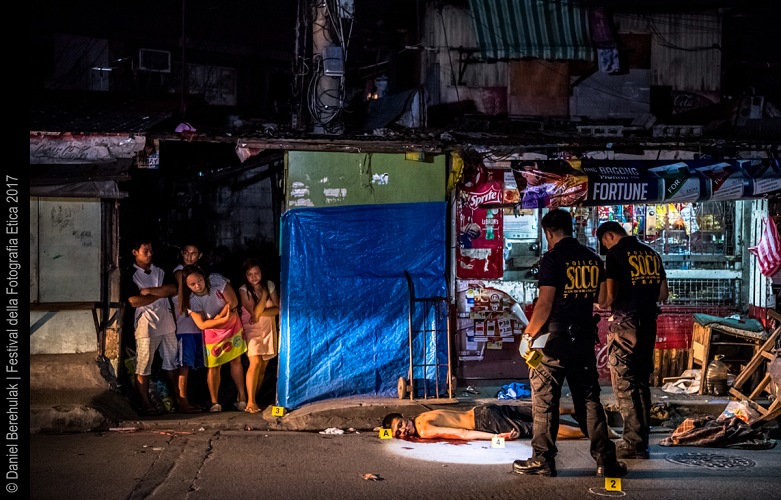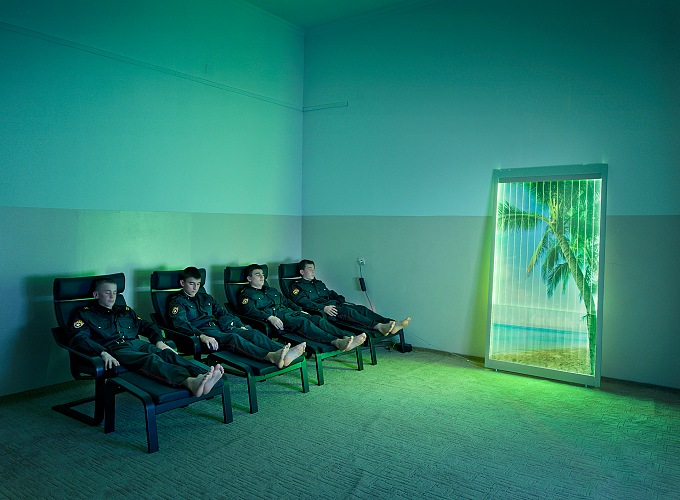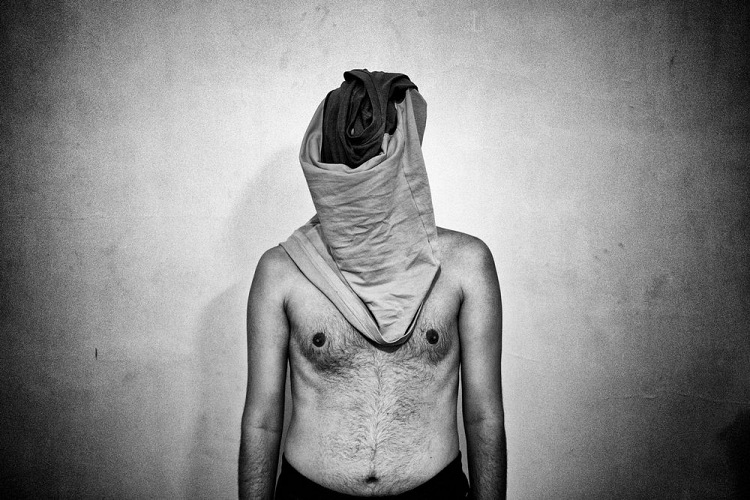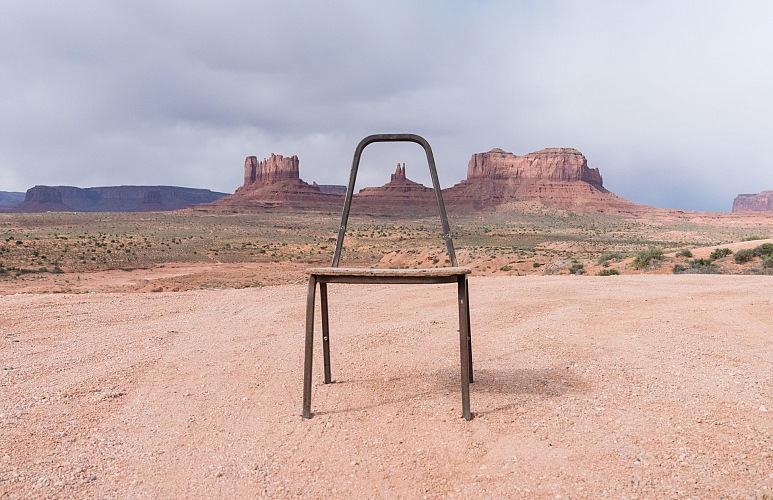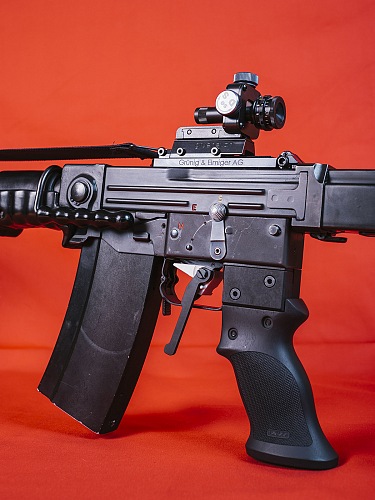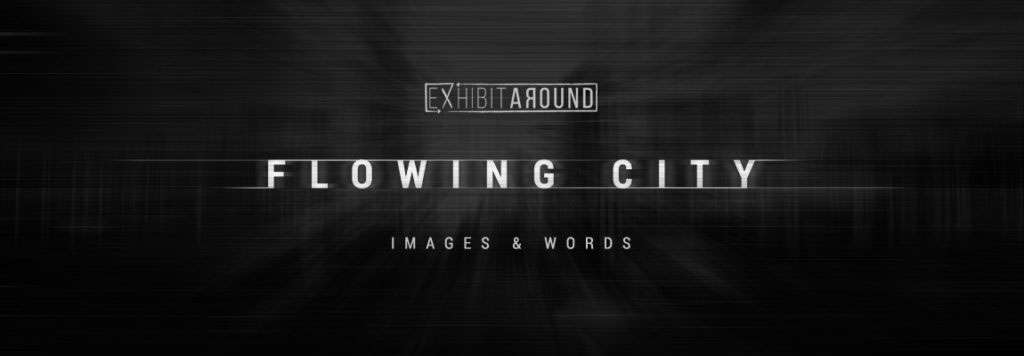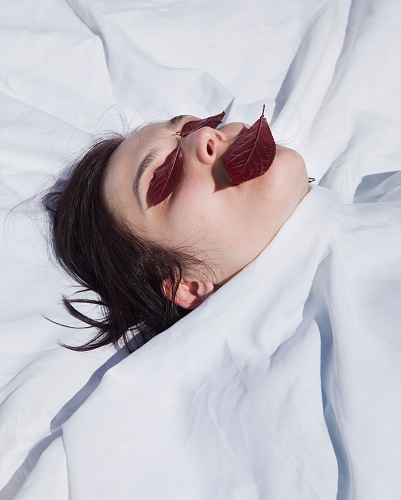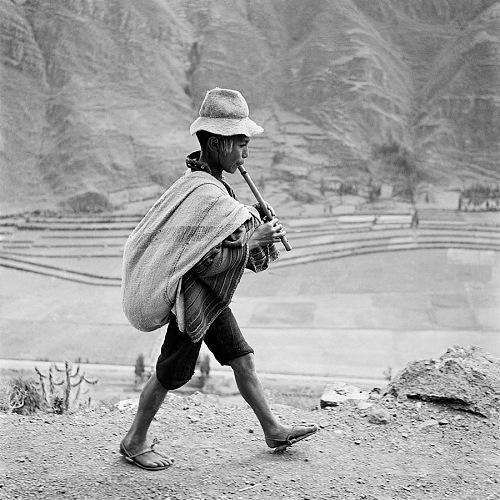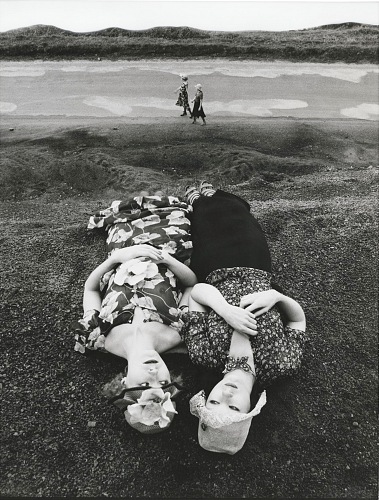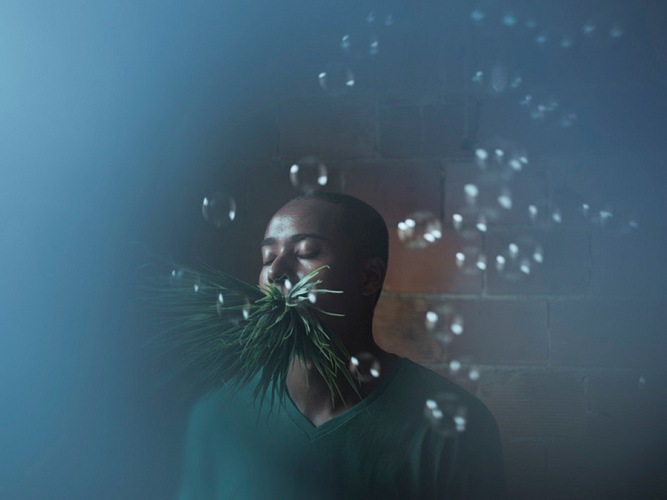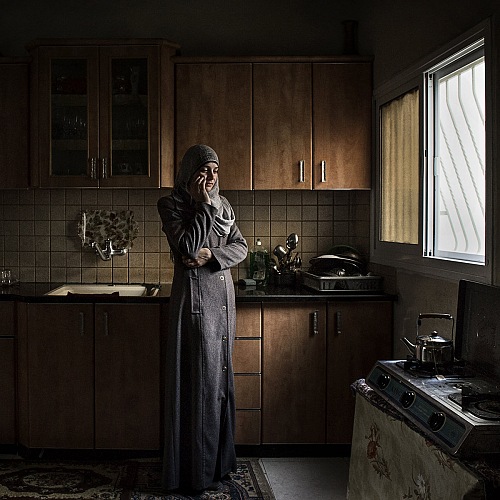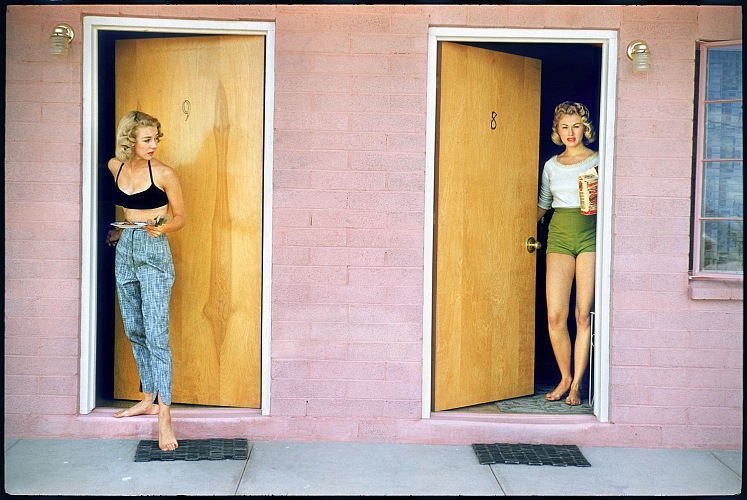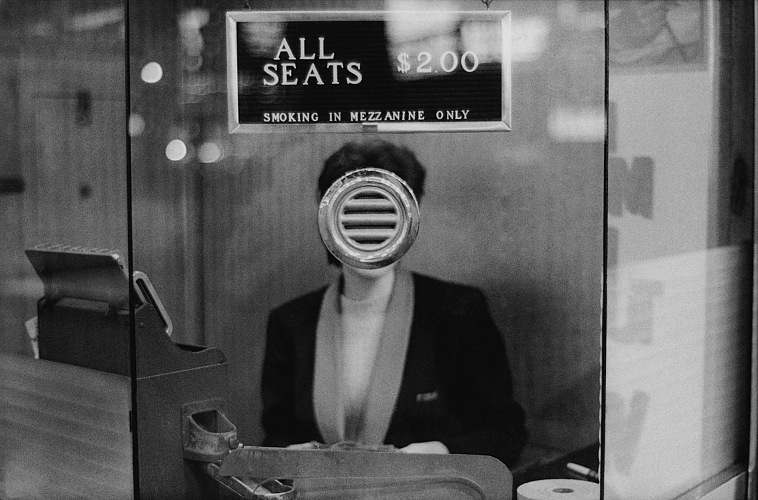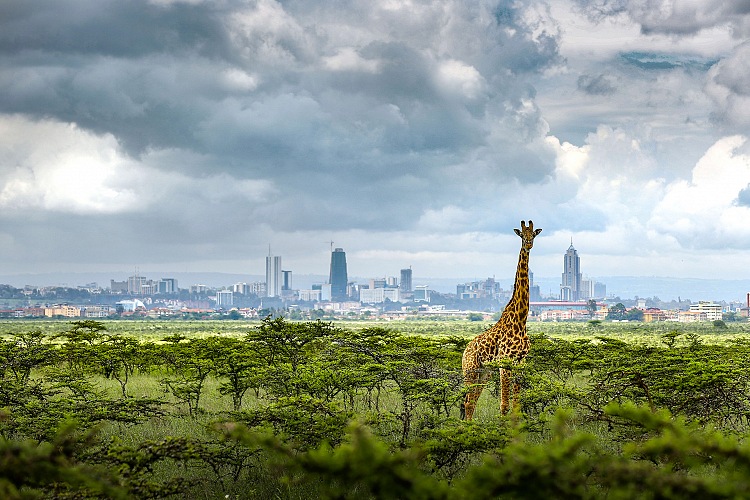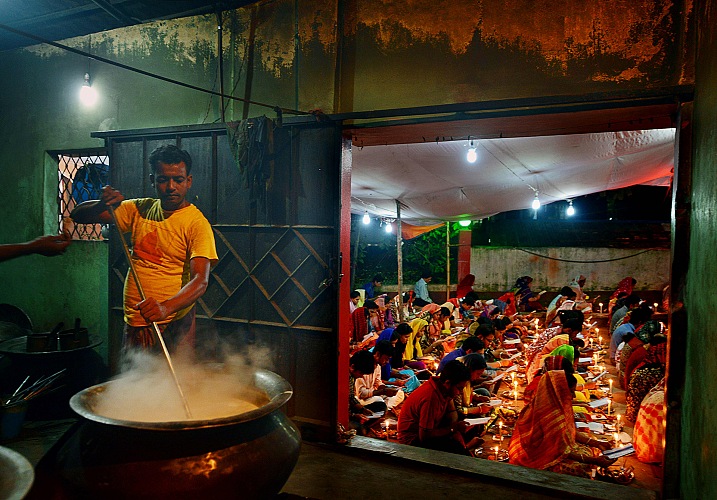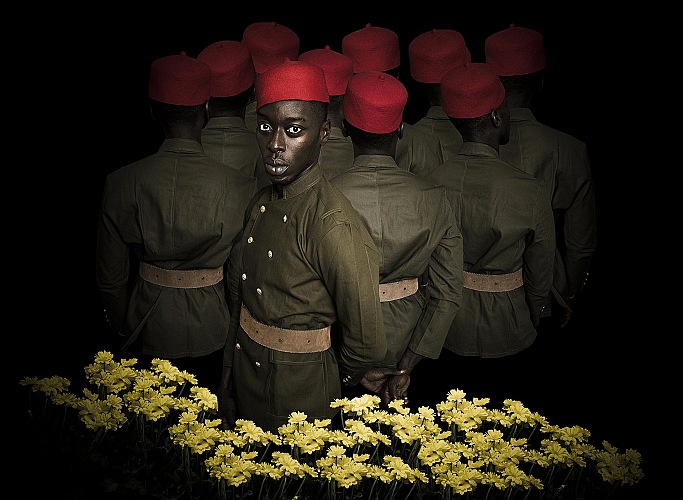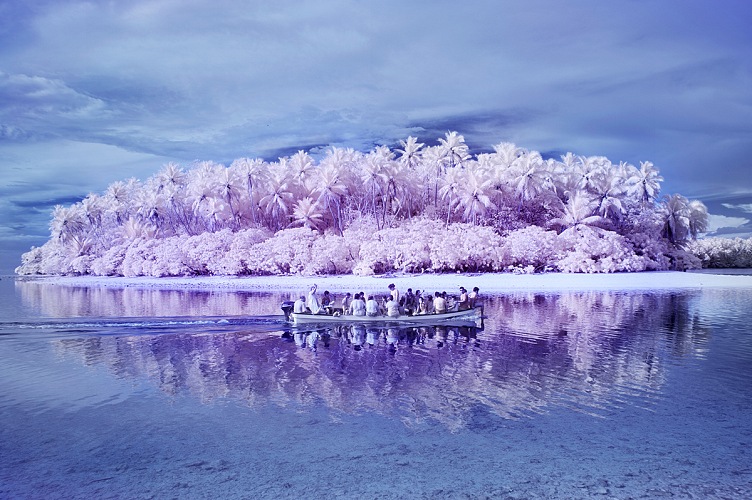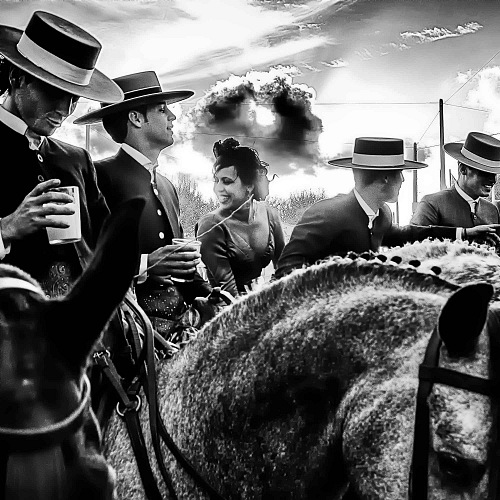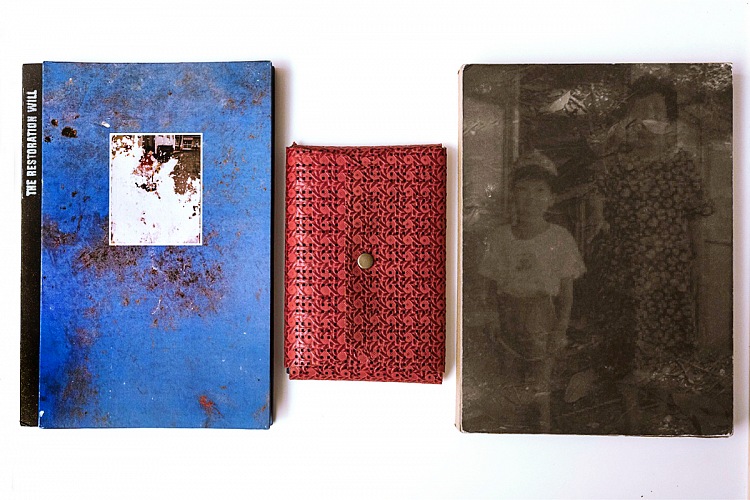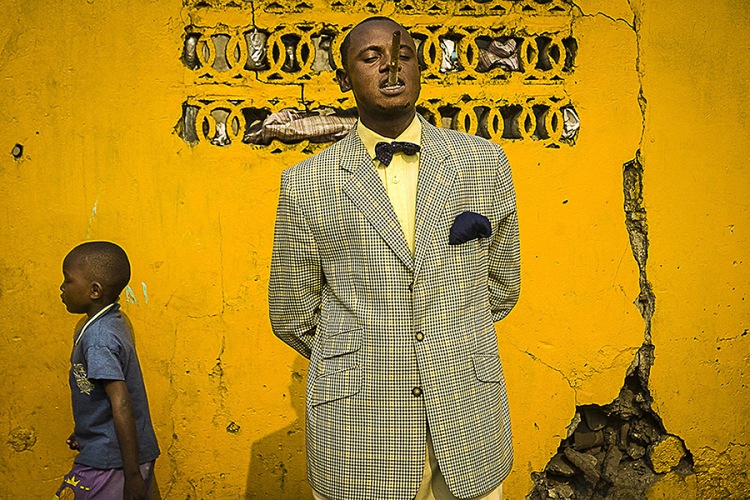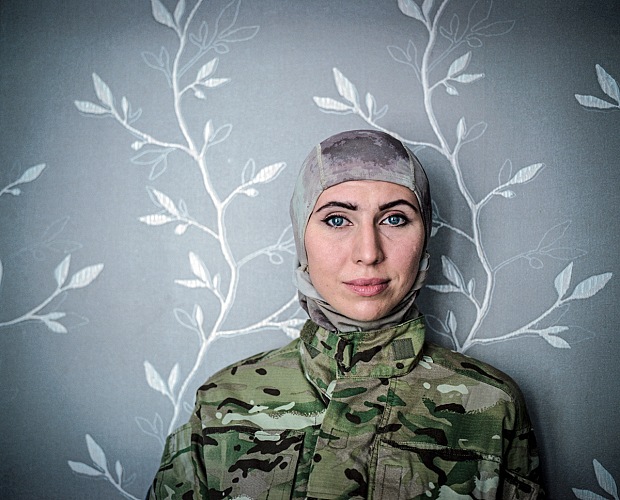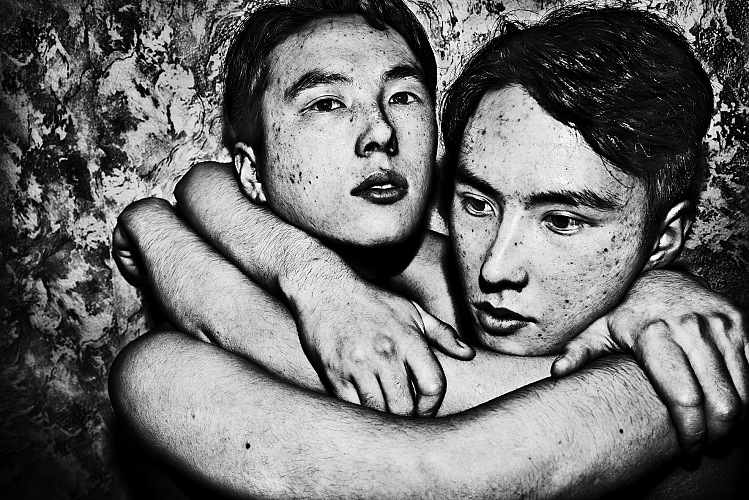Dark Tourism
It is a journey through dark places, interwoven with murky stories, marked by natural and / or industrial disasters, scarred by the wickedness of man. A descent into the depths of our worst nightmares, the ones that puts us in front of the precariousness of our existence and our all too easy propensity to cruelty. Those shown by the French photographer Ambroise Tézenas are indeed places scarred by tragedy, places in which in the twentieth century have hit terrible disasters or horrors of inhuman contours. Real theatres, where tragedy and human wickedness were performed, stages on which many people flock each year.
But why? What drives many to travel to the places of a disaster? And what are the contours of this trend?
These are the questions in which is founded the interesting investigation carried out by Tézenas with his work Tourisme de la désolation. His project investigates in fact the so-called dark tourism, a phenomenon that in recent years seems to encounter a growing interest. As he tells us effectively through images, texts and captions, with the passage of time some of these places have been transformed from places of memory into real tourist destinations. Places of interest to mark on maps, posters and guides, often very useful to local governments to promote the territories involved. Not surprisingly, then, to see, between the photos affixed on the yellow coloured walls of the Grande Halle, guides hungry for tourists making a lot of fuss in places which perhaps deserve silence, groups of people trying to experience the cells of Auschwitz or the torture chambers in Cambodia, to taking a group photo in front of what remains of villages destroyed by some earthquake or tsunami, or face to the wall to experience first hand, to have an inkling of what it might mean spending a night as a prisoner in a Soviet prison.
It may disgust us, nevertheless it is a reality which no matter how relatively new under a commercial light has deep and ancient roots. A certain ambiguous fascination for evil, to the obscure, horror is indeed inherent in our being human. On the one hand we reject it with force, on the other the curiosity of that abyss in which the human soul can slip, it attracts and seduces. And it is precisely in this contradiction that the photographer tries to point his lens. From his pictures do not emerge moral judgments, but rather a doubt, in my opinion legitimate, regarding the future development of this trend. Going to those places may in fact for the individual be an experience on which to base personal and important significance, if not even an unconscious form of emotional release – that is, a way to distance themselves from the nightmare, exorcise fears and curtly establish «Not I» or «Not to me», certainly not without consequences. It is right to keep them and preserve them from neglect and from time. But in the moment in which we allow that, all this is subjected only to market logic, that it turns everything into a charming carnival of horrors, what happens? Are we sure of being able to assess the effects and repercussions in the long run? [ S. B. ]
- - -
I WAS HERE, DARK TOURISM
by Ambroise Tézenas
Parc des Ateliers - Grande Halle | until September, 20th 2015
admission fee: 25,00 € (Atelier Pass)
published on 2015-07-21 in NEWS / EXHIBITIONS
ARLES2015 AmbroiseTezenas StefaniaBiamontimore in EXHIBITIONS
categories
EXHIBITIONS CONTEST WORKSHOP EVENTS MELTINGPOT BOOKS PORTFOLIO VIDEO ONGOING THEMATICPATHS YTOI OPINIONS FPART COVER READINGIMAGES SMARTFOLIO FPBLOG FPLAB
recent news
FPmag
editor in chief Sandro Iovine | sandro.iovine@fpmagazine.eu - senior writer Stefania Biamonti - web developer Salvatore Picciuto | info@myphotoportal.com - linguistic coordination Nicky Alexander - translations Nicky Alexander, Rachele Frosini - contributor Davide Bologna, Mimmo Cacciuni Angelone, Laura Marcolini, Stefano Panzeri, Pio Tarantini, Salvo Veneziano - local Lazio correspondent Dario Coletti local Sardinian correspondent Salvatore Ligios - local Sicilian correspondent Salvo Veneziano - editorial office via Spartaco, 36 20135 Milano MI | redazione@fpmagazine.eu - phone +39 02 49537170 - copyright © 2015 FPmag - FPmag is a pubblication of Machia Press Publishing srl a socio unico, via Cristoforo Gluck, 3 20135 Milano MI - VAT no. 07535000967 C.F. (TAX code) 07535000967 - Copyright © 2015 FPmag - Registered at Tribunale di Milano No. 281 on the 9th September 2014





